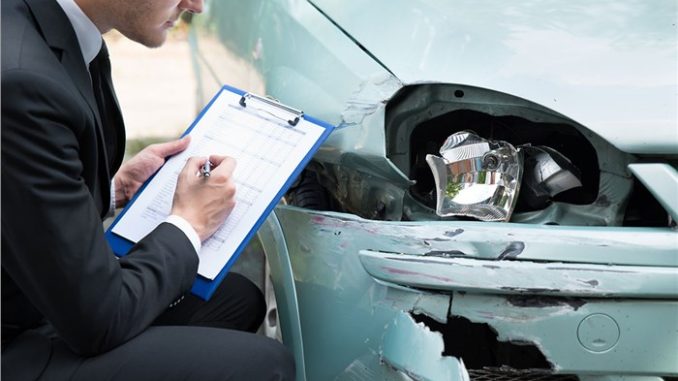
Facing the aftermath of a car accident is an experience no driver wishes to encounter, but it’s an unfortunate reality for many. One term that often emerges is “total loss” amid the stress and paperwork. Understanding how insurers settle claims for total loss vehicles is important in the world of car insurance. Join Kotak General Insurance on a journey through the total loss chronicles as we clarify the car insurance claim settlements when your beloved car faces an uncertain fate.
Defining total loss
The term “total loss” is more than a classification; it’s a key moment that denotes significant damage to your car. Generally, a car is declared a total loss when the cost of repairs exceeds a certain percentage of its pre-accident market value. This threshold is important and once crossed, the insurer is inclined to settle the online car insurance claim as a total loss.
The total loss formula
At the heart of understanding total loss settlements lies a mathematical equation. Use a formula that compares the cost of repairs to the actual cash value (ACV) of your car. The car is declared a total loss if the cost of repairs surpasses the determined percentage of the actual cash value. This formula aims to strike a balance between repairing the car and ensuring the car insurance claim doesn’t exceed the car’s overall value.
Actual cash value (ACV) evaluation
Determining the actual cash value of your car is an important step in the total loss settlement process. ACV is essentially the fair market value of your car before the accident, considering factors such as its make, model, year, mileage, condition and any additional features. A combination of market research, valuation tools and expert assessments is used to arrive at an accurate ACV.
Negotiating the ACV
There’s room for negotiation while insurers employ sophisticated methods to calculate ACV. You have the right to challenge the initial ACV assessment as a policyholder. Providing documentation of recent maintenance, upgrades or market listings for similar cars can be instrumental in negotiating a fair and accurate ACV for your car.
Understanding salvage value
Insurer facilitate salvage evaluation process for insured convenience when a car is declared a total loss. Salvage value is the estimated worth of the damaged vehicle and its parts. This value is subtracted from the actual car value when determining the final settlement. It’s crucial to recognise that the salvage value can differ and engage in open communication.
Options for retaining a total loss car
You may have the option to retain ownership of your total loss car in certain scenarios. This decision comes with its own set of considerations and implications. Retaining the car allows you to explore repair options or salvage its usable parts while the insurer will deduct the salvage value from your settlement.
Conclusion
The total loss chronicles in car insurance is a journey no driver wishes to embark upon, but understanding the process is vital for informed decision-making. The road to resolution is multifaceted from the calculation of actual car value to negotiating fair settlements and considering salvage options. Being proactive in understanding the challenges of total loss settlements empowers you to navigate through with confidence as a policyholder, ensuring that the chapters in your insurance story unfold with transparency and fair commitment to restoring you on the road.

Leave a Reply